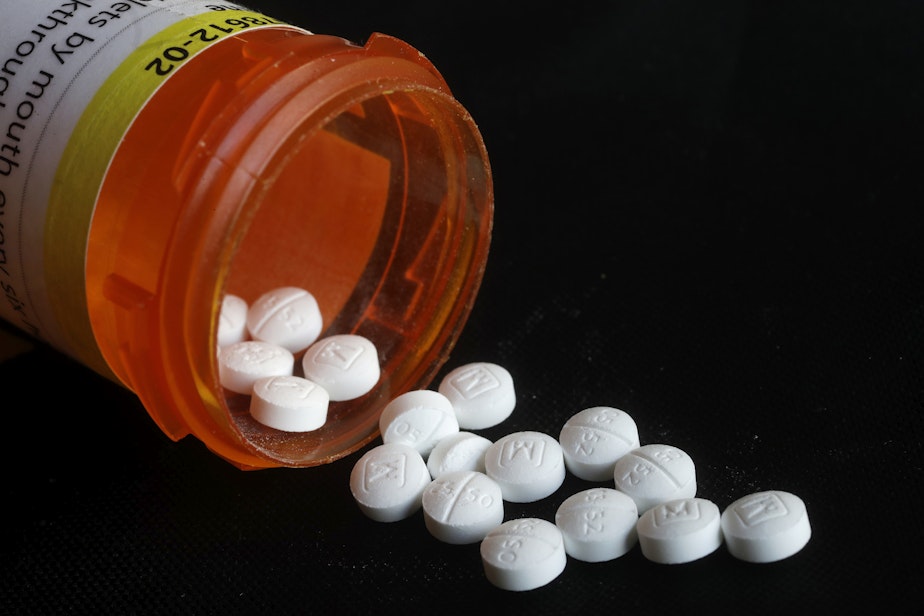Native communities combat opioid epidemic by fusing cultural traditions and Western medicine

Overdose deaths in Native American communities have been increasing in recent years.
The Lummi Nation declared a state of emergency in September after they lost five tribal members in one week to overdose deaths.
The Tribe’s chairman, Tony Hillaire, testified before the U.S. Senate Committee on Indian Affairs last month. He brought up a funeral he recently attended for a 26-year-old Lummi woman.
"These aren't just anyone to us. These are our family. These are the people we grew up with. These are our future chairmen and chairwomen, our future cultural leaders, language speakers, the ones who will carry the torch into the next generations," Hillaire told the committee on Nov. 8.
American Indian and Alaska Native populations had the highest drug overdose death rates of any racial or ethnic group in both 2020 and 2021, according to the Centers for Disease Control and Prevention.
"This is a crisis to the most extreme extent in these communities," said Elyse Wild, Senior Editor at Native News online. "A lot of Native leaders are saying that they are in danger of losing an entire generation to fentanyl."
In October, U.S. Senator Maria Cantwell (D-WA) sent a letter to the Senate Committee on Indian Affairs requesting hearings on how the fentanyl crisis is impacting Indian Country.
The first hearing was held in November and featured leaders of Native communities, who brought up factors contributing to opioid use "such as intergenerational trauma from broken treaty promises, forced removal, the Indian boarding school era," Wild said.
They also spoke about how culture is prevention.
"Culture is health care and culturally focused. Native-led solutions are critical to keeping people alive and healing from this overdose crisis," Wild said.
At the most recent hearing on the issue in early December, lawmakers discussed where to place federal resources to help Indian Country — including greater support for tribal law enforcement and first responders.
There is research showing that integrating cultural traditions with Western medicine can have more successful outcomes for Native patients struggling with addiction.
Earlier this year, the Tulalip Tribes opened a new medically assisted treatment center that provides methadone called Quil Ceda Creek Counseling. It’s on reservation land near Marysville, and open to Native and non-Native patients alike.
"For years, so many people have turned their noses up to those medications, because we see it as 'Oh, you're still getting high," said Tulalip Tribes Vice Chair Misty Napeahi. "The reality is, it basically eliminates the cravings. They get to come back to their families and be a part of a family."
The Tulalip Tribes have also started providing wrap-around services like shelter to tribal members. They purchased 20 pallet shelters, which are low barrier units for people actively using, co-locating service providers.
The Tulalip Tribes is focusing on the root causes of addiction, such as trauma and reincorporating people into the community.
"The largest component that we can bring culturally is that we meet people where they're at," Napeahi said. "We started to judge our membership and we fell into our human condition. And so we got outside of that and said, 'No, that's not who we are. We need people where they're at. We love them and we see them as one of us.'"




